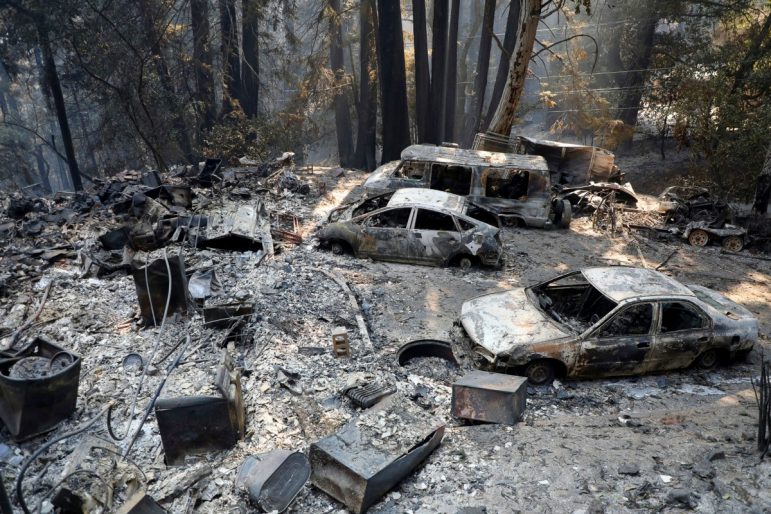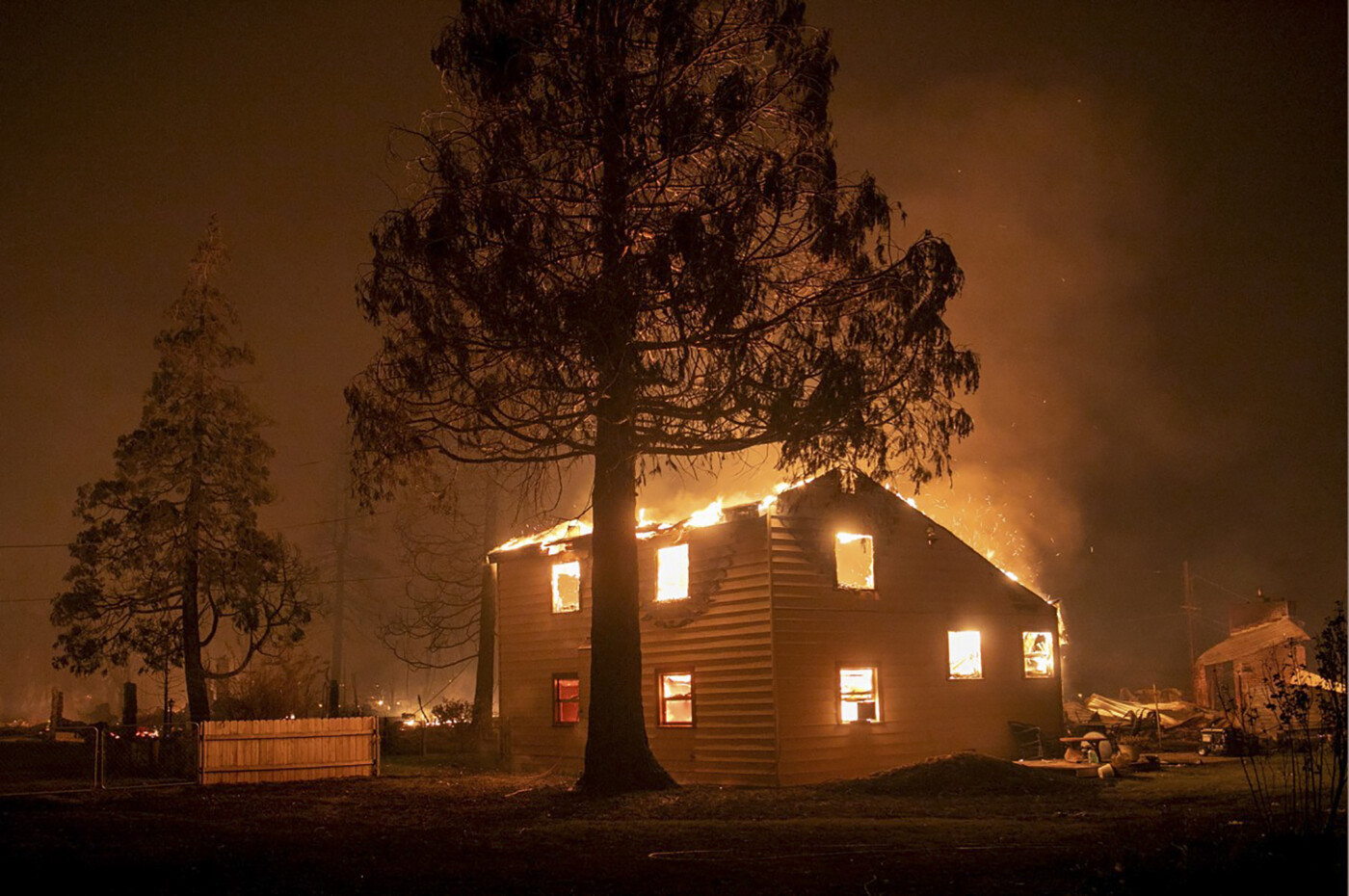State firefighters have responded to nearly 2,300 wildfires so far in 2022, burning nearly 11,000 acres, state and federal officials said.
This year’s fire season is “well underway,” said Fire Chief Daniel Berlant, Cal Fire’s deputy director of community wildfire preparedness and mitigation, during a virtual discussion this past Wednesday.
Berlant noted that the state has seen fire weather mostly year-round in recent years due to rising seasonal temperatures and the West Coast’s ongoing drought.
As a result, 18 of the 20 most destructive fires in state history have occurred in the last 22 years.
“We’ve been preparing all winter long on fire prevention activities like fuel breaks and prescribed burns,” he said. “We are ready, but we really need the public to do the same.”
Berlant was one of a handful of speakers participating in the discussion of the state’s wildfire prevention and preparedness efforts, which also included U.S. Sen. Alex Padilla, California Office of Emergency Services Director Mark Ghilarducci, U.S. Environmental Protection Agency Region 9 Administrator Martha Guzman and California Air Resources Board Deputy Executive Officer Chanell Fletcher.
According to Berlant and Ghilarducci, the state is allocating hundreds of millions of dollars toward fire prevention projects and support for local governments in parts of the state that are most at risk of wildfires.
On Wednesday, Cal Fire announced it would direct some $118 million toward 144 local wildfire prevention projects. Cal Fire also funded 105 similar projects in September 2021.
“That’s been a critical component for us to really be successful,” Berlant said. “In order to build the capacity that’s needed to do this work, we have to rely on our local partners to get work done in their communities.”
Padilla said federal legislators are also taking steps to prepare for future wildfires.
His FEMA Improvement, Reform and Efficiency (FIRE) Act would update the legislation governing the U.S. Federal Emergency Management Agency to include wildfires alongside disasters the agency has always focused on like hurricanes, tornadoes and floods.

The bill would also allow FEMA to pre-deploy resources in areas that are under red flag warnings.
“When it’s hot, when it’s dry, when it’s windy, we know that the potential for a devastating fire is way up,” Padilla said. “And we want to be ready … I’m determined to continue to use all the tools in our belt to prevent wildfires.”
According to Padilla, the U.S. Senate is currently considering the bill, which the chamber’s Homeland Security and Governmental Affairs Committee approved in February.
